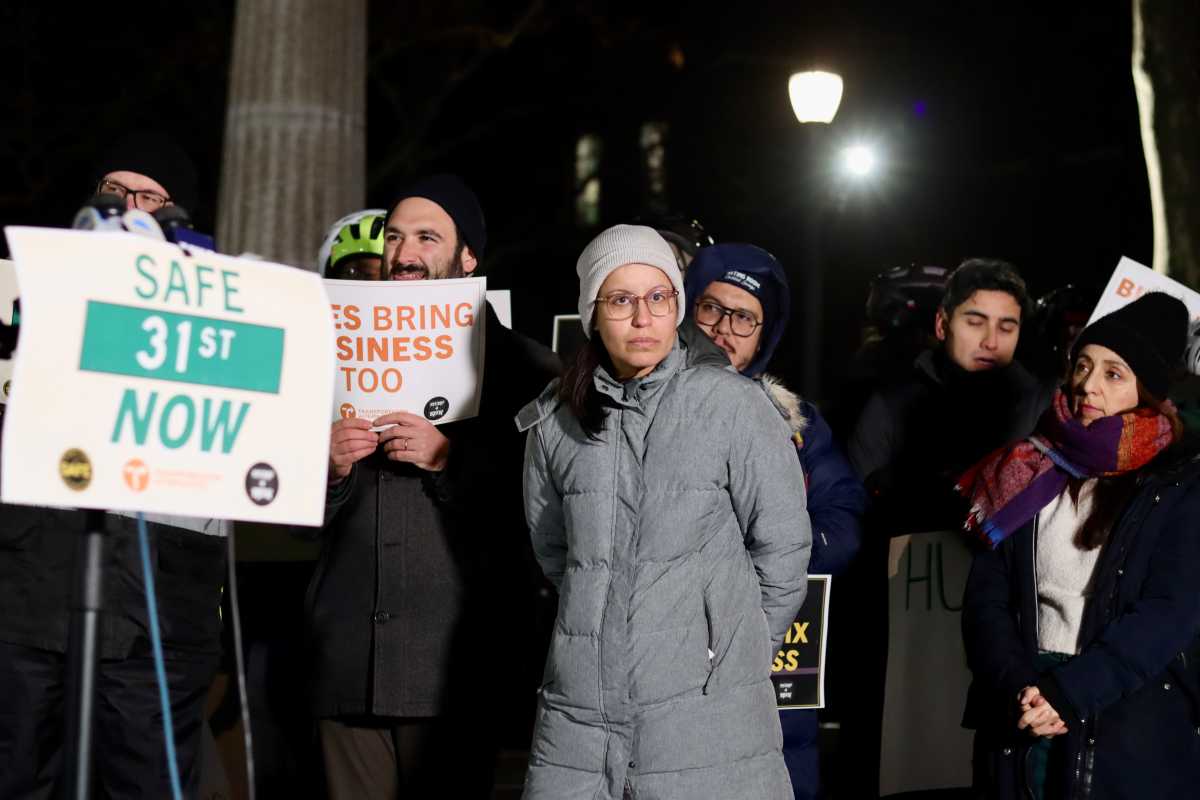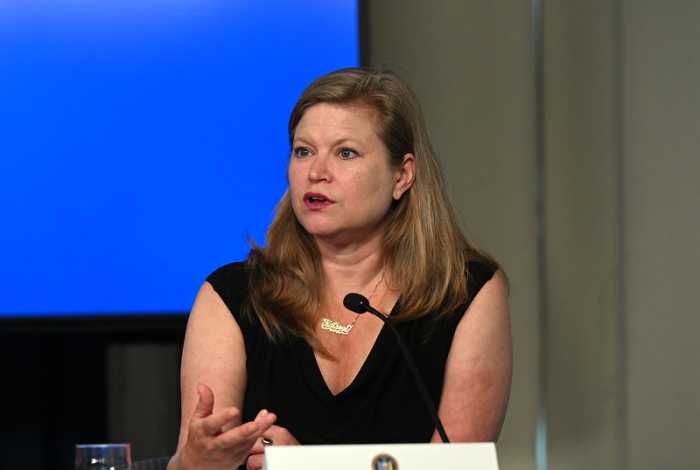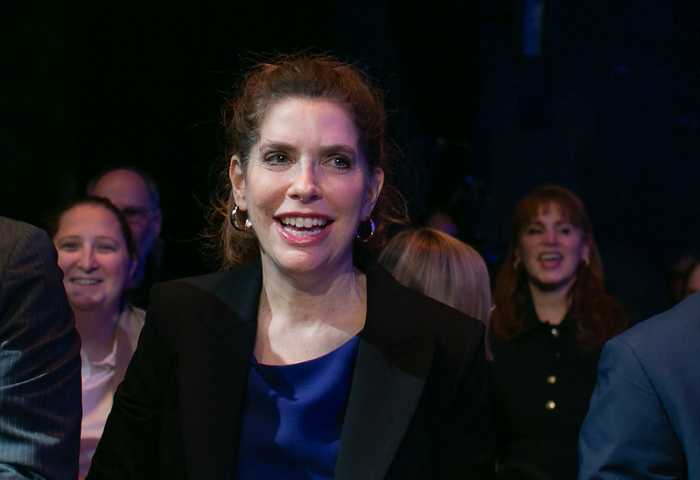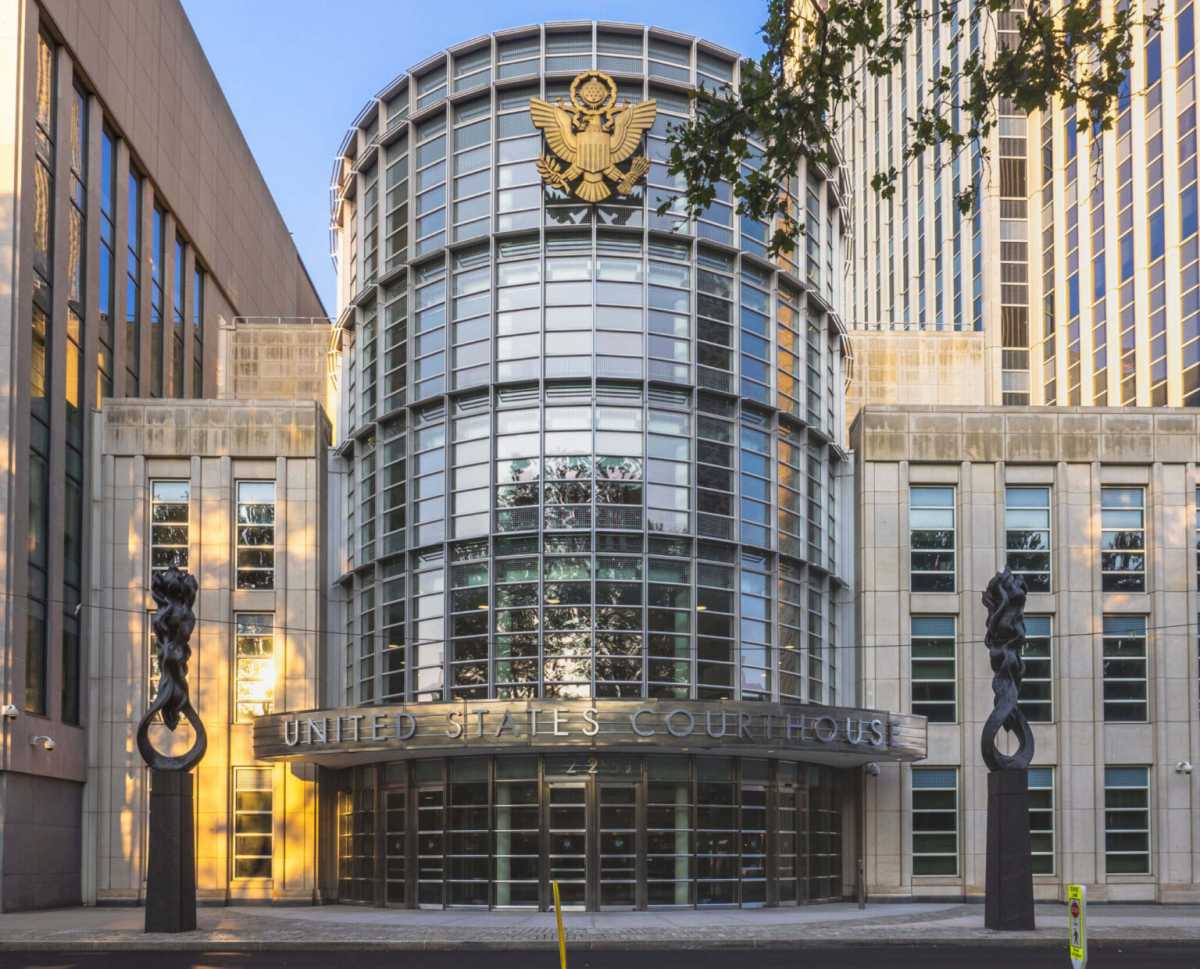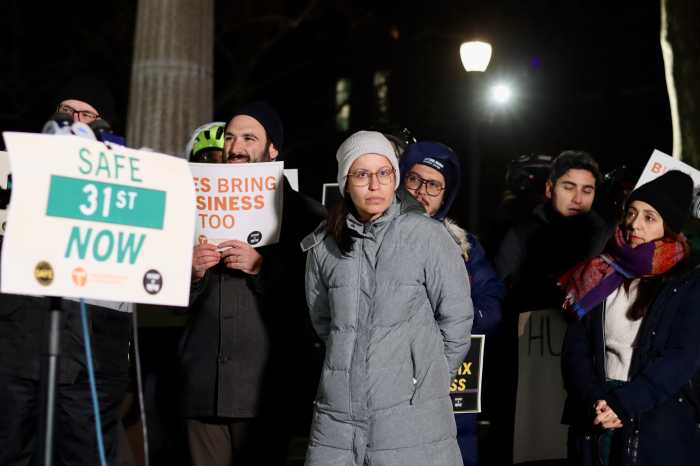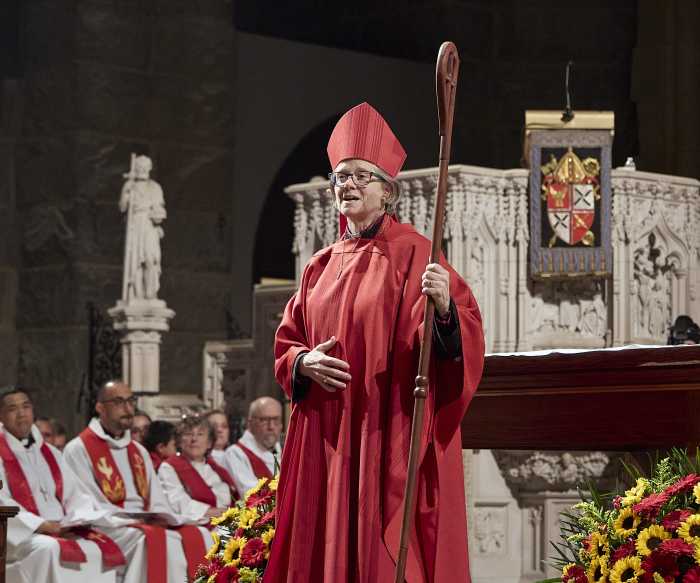The Citizens Budget Commission, a nonpartisan fiscal watchdog, said Monday that while New York City’s November 2025 Financial Plan Update shows stronger-than-expected revenue, significant spending gaps remain that Mayor-elect Zohran Mamdani will inherit in January.
The update that Mayor Eric Adams released on Nov. 17 raises the city’s fiscal year 2026 budget by more than $2 billion to $118.2 billion, up from $115.9 billion adopted in June, and includes $419 million in additional revenue, largely from higher-than-expected personal income taxes.
Adams said the increase allows for targeted investments in public safety, housing, and social programs while maintaining fiscal stability through ongoing savings in pensions and debt service.
The CBC, however, indicated that the outgoing Adams administration’s revised budget will leave the incoming Mamdani administration holding a costly bag — a budget deficit of between $5 billion and $8 billion. Such a large deficit could put a serious dent in Mamdani’s own vision for City Hall, specifically his campaign promises for programs like free universal childcare and fare-free bus service.
As mayor, Mamdani would need to find the revenue to close the budget gap and then raise additional billions of dollars to fulfill his agenda. He campaigned on seeking tax increases on the wealthiest New Yorkers to fund his campaign promises, but the city cannot raise taxes on its own accord.
The state legislature and governor can only approve tax increases, and Gov. Kathy Hochul has previously ruled out any new hikes as she begins her re-election campaign.
amNewYork reached out to Mamdani’s transition team multiple times for comment on the budget update, but received no response prior to publication.
What’s changed in the budget?
Mayor Adams’ amended budget plan marks the beginning of the first phase of a multi-year effort to expand the NYPD by 5,000 officers, a program that the outgoing mayor had previously announced.
It also funds NYPD vehicle replacement, expanded automated traffic enforcement, additional staffing in Bronx and Brooklyn District Attorneys’ offices, and consolidates the B-HEARD mental health response program under NYC Health + Hospitals. Other public safety measures include youth re-entry programs, emergency building inspections, and additional positions for Legionnaires’ disease monitoring.
Housing and affordability initiatives include $400 million for CityFHEPS rental assistance and $150 million for the city’s homeless shelter system. The plan also expands NYC Aging’s Caregiver program by 3,000 participants, funds student loan counseling for city residents, and supports foster and adoptive families. Educational priorities include distributing 350,000 Chromebooks to public school students and expanding citywide after-school programs.
“Over the course of four on-time, annual budgets, our administration has delivered for working-class New Yorkers time and again, and this November Financial Plan Update is another example of how our strong fiscal management is making New York City safer, more affordable, and improving New Yorkers’ quality of life,” said Mayor Adams.
Big multi-billion-dollar budget gaps loom
CBC President Andrew Rein said the update improves near-term revenue but noted that structural gaps remain, which could pose a challenge to the incoming administration.
“While steep, these challenges are not insurmountable,” Rein said. “The key is to tackle budget and service problems together, not in silos.”
In a statement, Rein said Adams’ plan will require Mamdani to close a $5 billion to $8 billion budget gap while preparing for federal funding cuts and advancing his priorities.
The CBC had previously criticized the city budget as being “unprepared for federal cuts” when it was agreed upon in June.
The commission noted that much of Adams’ update focuses on pension and debt-service savings, as well as minor program expansions, with the exception of planned future increases in the police force.
CBC also highlighted that at least $4 billion in annual planned spending remains underfunded in the coming years, including roughly $1 billion for rental assistance through CityFHEPS and $600 million for homeless shelters.
Rein urged the next administration to curb low-impact spending, improve efficiency, and set aside reserves to soften the effects of federal cuts and protect vulnerable residents from economic downturns.
The CBC praised the stronger-than-expected personal income tax revenue reflected in the update but warned that lower-than-projected business taxes will temper the positive outlook.
‘Not reflective of responsible budgeting’
Meanwhile, City Council Speaker Adrienne Adams and Finance Committee Chair Justin Brannan expressed concerns about the NYPD expansion, in particular.
In a joint statement, they said placing tens of millions of dollars into future budgets for additional officers without a clear plan to address current workforce challenges could contribute to growing out-year budget gaps and leave funds unused.
“For the past several years, the NYPD has experienced hiring and attrition issues, caused by and producing management challenges, excessive forced overtime, and strains on officers’ quality of work life,” they said. “An outgoing mayor placing tens of millions of dollars into out-year expense budgets for headcount, without any meaningful plan to address current workforce challenges, is not reflective of responsible budgeting.
They emphasized that they will review the plan to ensure resources are directed to meet the city’s immediate needs, including stable school funding for students.
The council’s concerns come as the NYPD continues to lose personnel. As previously reported by amNewYork, the department has lost an average of 316 officers per month this year due to retirements and resignations, and its current headcount of approximately 33,832 is below budgeted levels.
Although the city’s improved finances provide Mamdani some additional breathing room, he will have to determine whether he maintains Adams’ spending agenda, including the multi-phase expansion of the NYPD headcount.
In his election campaign, Mamdani proposed creating a separate “Department of Community Safety” to handle mental health crises and victim services without increasing the NYPD’s headcount beyond the current budgeted 35,000 officers.




